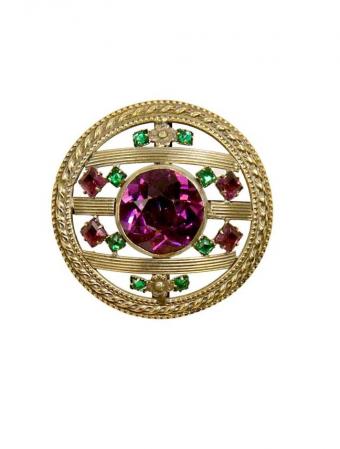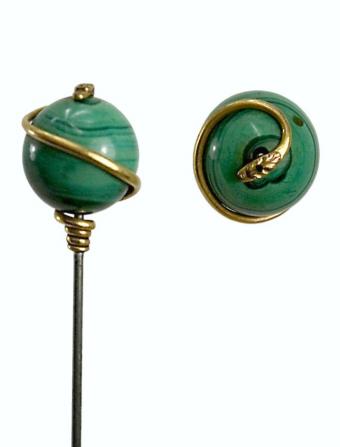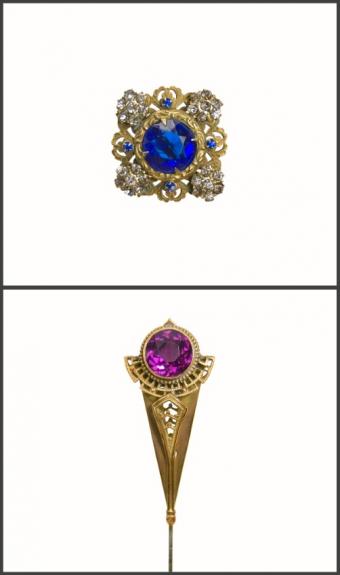Hatpins Were Functional Fashion

Edwardian Hatpins

Suffragette Hatpin

Satsuma Hatpins

Egyptian Revival Antique Hatpin

Carved Ivory Hatpin

Micromosaic Hatpin

Stanho-Scope Hatpins

Snake Designed Hatpin

Another Snake Motif

Detailed Antique Hatpins

Hand-Painted Portrait Hatpins

Popularity of Hatpins

Using Antique Hatpins Today

© 2024 LoveToKnow Media. All rights reserved.







